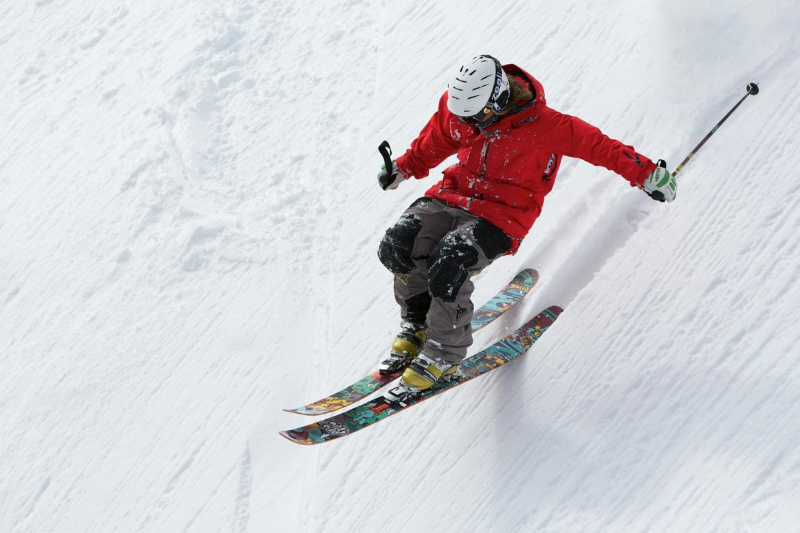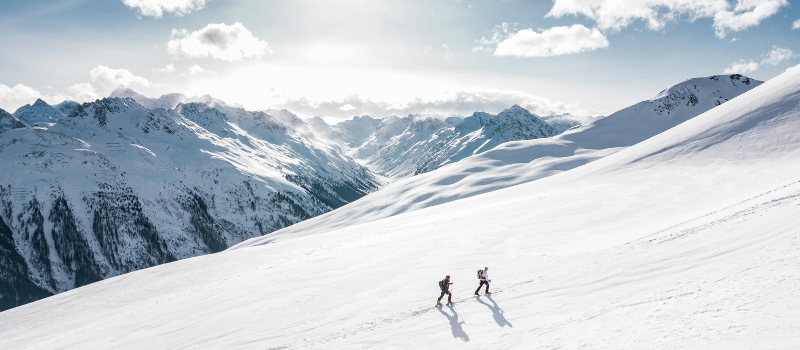There’s nothing like the exhilarating rush of gliding down a slope, crisp mountain air and glistening snow all around you.
However, to really make the most of your time in the mountains and ensure a safe and enjoyable ski trip, thorough preparation is essential. Read on for essential tips on how to prepare for a fun-filled holiday on the slopes.
Choosing Your Ski Destination
Top Ski Destinations
There’s a fantastic array of ski trip destinations across the globe, catering to everyone from first-timers to seasoned professionals. Popular choices include:
- Zermatt, Switzerland: Home to the iconic Matterhorn, offering stunning scenery and diverse terrain for intermediate to advanced skiers.
- Niseko, Japan: Famous for its abundant powder snow, it is a paradise for those who love off-piste slopes.
- Banff, Canada: Situated in the heart of the Canadian Rockies, providing breathtaking views and slopes suitable for all training
When selecting your ideal ski trip destination, consider these factors:
- Snow conditions: Research the typical snowfall and snow quality during your intended travel dates.
- Amenities: Consider the availability of ski schools, equipment rentals, restaurants, and other facilities that suit your needs and preferences.
- Accessibility: Evaluate the ease of travel to the resort, including flight options and transfer times, to maximise your time on the slopes.
Understanding Local Conditions
While planning your trip, it helps to research and understand the weather forecast for your chosen destination, paying attention to temperature fluctuations, wind conditions, and expected snowfall.
At the destination, you should also check local weather advisories before heading out to avoid risks like avalanches.
Preparing Your Body and Skills
Ski Training and Fitness
Being physically prepared for the demands of skiing is essential for both enjoyment and safety on the slopes. Consider these ski training exercises to help you become ski-fit:
- Strengthen your legs: Focus on exercises like squats, lunges, and calf raises to build the necessary muscle endurance for skiing.
- Improve core strength: A strong core helps with balance and stability. Include exercises such as planks and Russian twists in your routine.
- Enhance cardiovascular fitness: Activities like running or cycling will improve your stamina, allowing you to ski for longer periods without fatigue.
How to Dress for Skiing
Proper ski gear is paramount for staying warm, dry, and comfortable on the slopes, ultimately impacting your enjoyment and safety. Focus on including these layers:
- A moisture-wicking base layer to keep sweat away from your skin.
- An insulating mid-layer for warmth.
- A waterproof and windproof outer layer to protect you from the elements.
Additionally, dressing in a warm hat, gloves, and ski socks can keep you warm while out in the elements.
Things to Bring on a Ski Trip
On top of bringing sufficient warm clothing, you should also include the following items in your ski trip packing list:
- Ski gear: If you have your own, remember your skis, boots, and poles. If renting, ensure they are correctly fitted at your destination.
- Safety equipment: A helmet is non-negotiable for head protection, while goggles are vital for visibility in varying snow and light conditions.
If you’re embarking on your first skiing trip, you might need to bring hand warmers and foot warmers for extra comfort in the cold conditions.
To help maximise your packing space and reduce unnecessary burden when moving to and from the slopes, consider rolling your clothes to save space. You can also wear your bulkiest items during travel and distribute weight evenly in your bags for easier handling.
Safety on the Slopes
When you’re on the slopes, it’s crucial to adhere to ski resort rules and safety guidelines for your well-being. This is particularly important considering the risks associated with the activity and extreme weather conditions.
Here are some potential hazards and how you can mitigate them:
- Injuries: Reduce the risk of falls and collisions by ensuring you are ski-fit, using appropriate equipment, and skiing within your ability level.
- Frostbite: Protect exposed skin in cold weather by wearing appropriate layers, including gloves, hats, and face coverings.
- Altitude sickness: If skiing at high altitudes, ascend gradually and stay hydrated to help your body acclimatise.
Travel Insurance for Ski Trips

The thrill of carving through fresh snow and the stunning mountain scenery can make a ski trip truly unforgettable.
That said, while thorough winter sports preparation significantly enhances your preparedness for the slopes, unexpected accidents or incidents can still happen. This is where robust ski trip insurance provides invaluable protection.
For example, HL Assurance’s Travel Protect360 travel insurance policy offers essential coverage for medical emergencies, evacuations, and even loss or damage to ski equipment, giving you peace of mind to fully enjoy your time in the mountains.
So, before you embark on your next ski adventure, consider the Travel Protect360 for a safety net as you hit the slopes with confidence.







